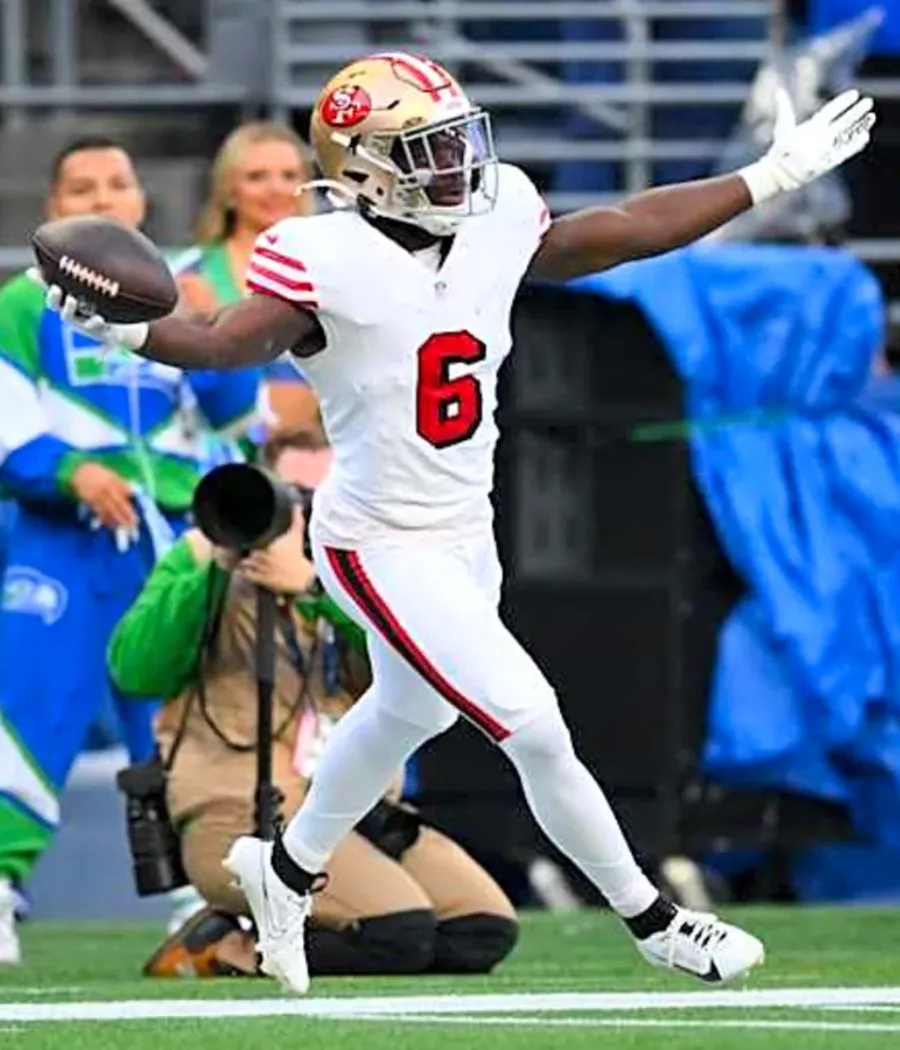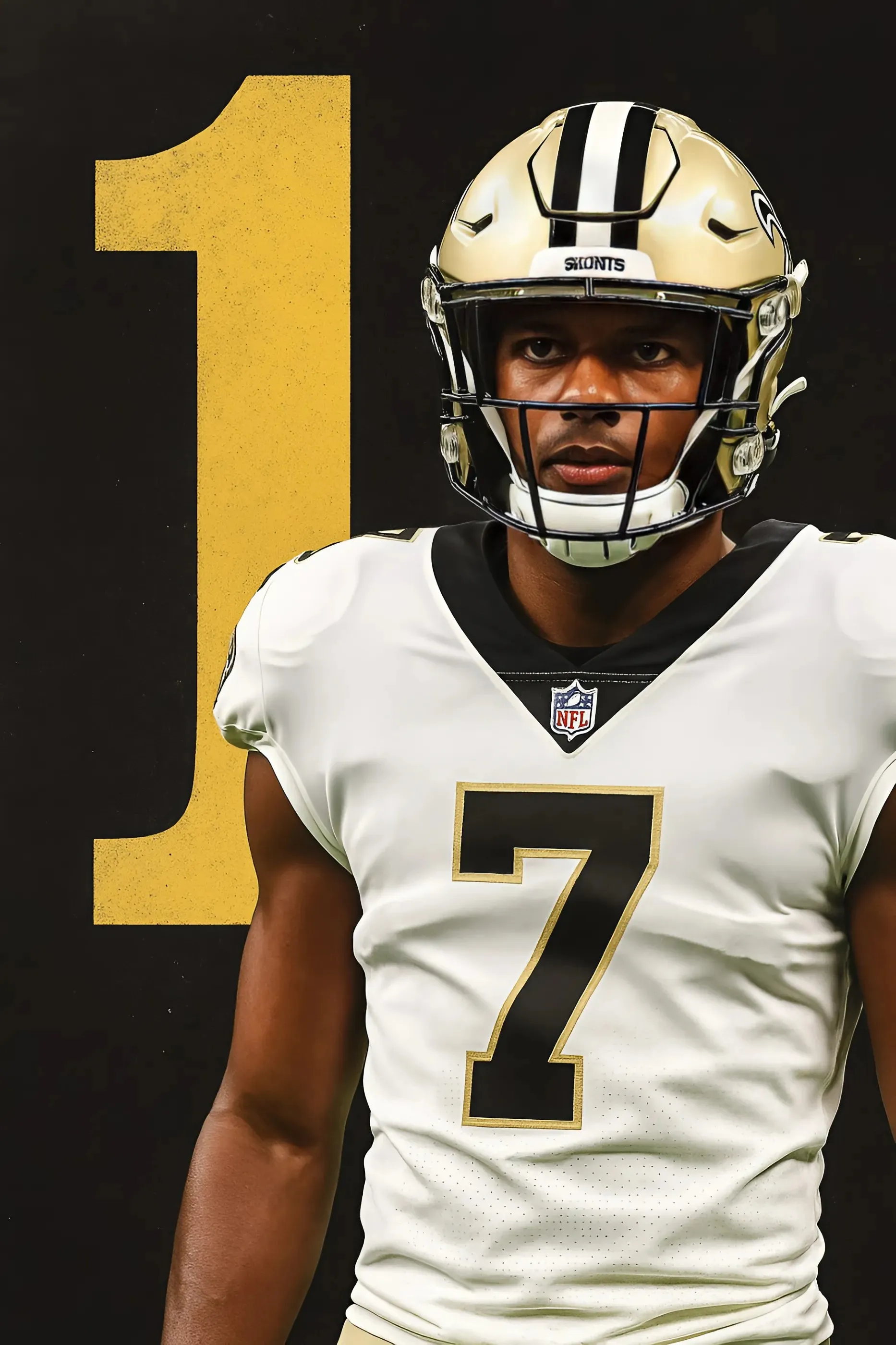
In a city that has waited for so many things—an identity, a direction, a reason to believe—Matvei Michkov arrived like a bolt of electricity down Broad Street. Year 1 with the Philadelphia Flyers was something close to magic: a teenager stepping into the NHL after years of geopolitical detours and living up to, if not surpassing, the considerable expectations that surrounded him. But as the curtain rises on Year 2, the spotlight shifts. The novelty is gone. What now?
This is where it gets interesting.
The Sophomore Season: A Balancing Act
The second NHL season is often more revealing than the first. It’s the year opponents stop underestimating you. It’s when the league starts to adapt to your tendencies and tests your ability to adapt back. It’s when promise meets pressure.
For Michkov, whose rookie year was a cocktail of flair, risk, and creativity, Year 2 is not about reinvention—it’s about refinement.
Let’s be clear: "regression" in the traditional sense isn’t the fear here. Michkov is too smart, too competitive, and too dynamic to become a one-hit wonder. But progression won’t necessarily look like a massive spike in goals or points. It will be defined by nuance—sharper reads, cleaner exits, smarter entries, more consistency away from the puck.
So what does a successful second year really look like for Michkov?
Realistic Benchmarks vs. Dream Scenarios
Realistic goals:
- 60–65 points (with ~25–30 goals): A continuation of his rookie production, but with more control and fewer lulls. If he sustains top-six usage and powerplay time, this range is both attainable and meaningful.
- Increased 5v5 impact: He was electric on the man advantage last year, but taking the next step will require driving play more consistently at even strength.
- Improved defensive metrics: He doesn’t need to win the Selke, but being less of a net-negative defensively would help both his minutes and his long-term versatility.
- Trust from Tochett: Perhaps the most critical, intangible piece—being out late in games, being given some grace when mistakes are made, and being challenged but trusted by his head coach.
Dream scenario:
- Point-per-game production: If everything clicks—linemates, health, special teams usage, development curve—there’s a world in which Michkov pushes toward 80+ points.
- All-Star appearance: Not out of reach. If the Flyers surprise, and Michkov is at the heart of it, he could get the nod.
- Signature moments: Think Michigan-style goals, overtime winners, heated rivalries, and a consistent stream of that familiar Michkov swagger in every big moment.
What Progress Actually Looks Like
It’s tempting to tie success to box-score stats. But for Michkov, progression is more three-dimensional:
- Reading layers: Understanding when to go for the high-risk cross-slot pass versus resetting the cycle.
- Board work: He’ll never be a bruiser, but using leverage and quick hands to win pucks in tight is a skill he’s still developing.
- Pacing: Right now, he plays with a go-go-go tempo. The next step is mastering rhythm—changing speeds to manipulate defenders and slow the game to his pace.
- North-south instincts: He’s a lateral thinker on the ice, which is beautiful and maddening. If he learns when to simplify and attack the middle, he becomes much harder to contain.
Chemistry Experiments: Finding the Right Linemates
Michkov isn’t a plug-and-play scorer—he’s a chemistry player. He thrives when his linemates think the game quickly and can both finish and read off his unpredictable routes. That makes finding the right mix key.
Potential fits:
- Matvei Michkov – Sean Couturier – Travis Konecny: The balanced line. Couturier brings structure and IQ. Konecny brings pace and grit. Michkov would have freedom to create knowing Coots is backing him up. This is likely the safest top-six deployment.
- Matvei Michkov – Trevor Zegras – Travis Konecny: The firewagon line. Offense-first, chaos-driven, and electric in transition. This group could score in bunches and easily dictate the tempo and energy of any game they're deployed in. With Zegras being the long-awaited young, talented center the Flyers have been needing, this line will likely be used to early on in the season.
- Matvei Michkov – Noah Cates – Bobby Brink: The versatility line. With Tyson Foerster's health still a question mark after it was revealed he was dealing with an elbow injury, it's not completely outlandish to think that Michkov could take his place on a line with Foerster and Brink. This could give Michkov slightly softer matchups while maintaining offensive touch. Brink’s playmaking and Cates’s work rate would give Michkov the puck in good areas, with time to operate.
What He Needs From the Flyers
If Year 1 was about acclimating to the NHL, Year 2 is about being empowered. For Michkov to truly grow, the Flyers have to give him:
- Rope to take risks: His creativity is his currency. Over-coaching him into a conservative winger would be counterproductive.
- Special teams usage: His power-play vision is elite already. Give him more leash, maybe even experiment with him on the PK for a new wrinkle.
- Open communication: Rick Tocchet has emphasized the prioritization of having open, consistent, almost specialized communication with players. Although Michkov has proven that he's at his best when he's not being micromanaged, the message has to be clear. Michkov is not a traditional player—he needs trust, not just tasks.
The Human Element
We talk about systems and production and line matching, but sometimes we forget the personal weight of it all.
Michkov didn’t just cross an ocean last year—he crossed through noise, pressure, and unimaginable loss. The geopolitics of his KHL contract, the ruthless adjustment to the NHL that waits for no young player to catch up, being part of a Flyers team that was generally embroiled in turmoil last season—all of it could have crushed him. Instead, he shone. His joy, his passion, his charisma—they weren’t just endearing, they were defiant.
Year 2 doesn’t need to be a fairy tale. It just needs to be honest. Consistent. Gradual. Special, in flashes, and steady in its rise.
Because if Michkov is this good already—just imagine what he’ll be with a little more muscle, a little more comfort, and a lot more experience.
The best sequel stories are the ones that don’t try to outdo the original—but deepen it. Layer it. Challenge it. And in the end, make it impossible to imagine the story any other way.
Year 2 could be just that. A reminder that Michkov’s not just the future anymore. He’s not even just the present anymore—he's on his way to becoming the standard.

-1752077800-q80.webp)

-1749715500-q80.webp)